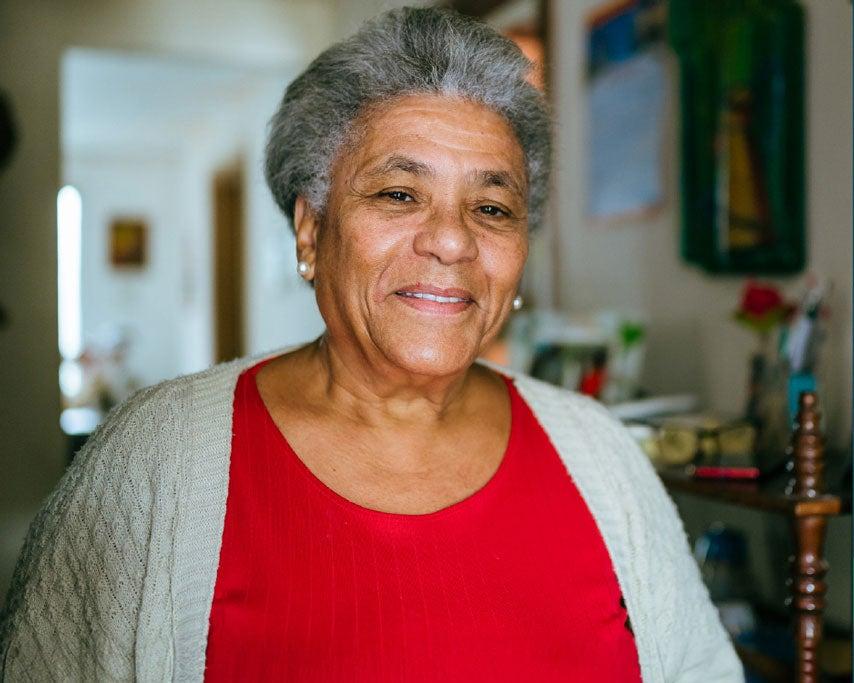Our Impact Report

Since 1950, our passion and our mission has been improving the lives of older adults. We believe aging well should be a right, not a privilege. And we're working to build a society where every person has the resources they deserve to age with health and financial security.

In 2010, we set a goal to improve the lives of 10 million older adults by 2020, and we achieved it one year early. We're thinking bigger simply because the demographics demand it. We now aim to improve the lives of 40 million by 2030.

How we count impact
In reporting our social impact, we count individuals who, thanks to NCOA and our partners, have:
- Realized a reduction in expenses and/or increase in income
- Completed an evidence-based program proven to improve the health and well-being of participants
- Completed an educational program to improve health or financial security
- Were able to remain in their communities instead of being relocated to a nursing home
- Directly benefited (as defined above) from a policy change that would not have happened without NCOA's leadership and advocacy
Our target populations
We believe the ability to age well should not be based on luck or any factor outside our control. We also know that long-standing inequalities have made it difficult for certain populations to age with health and financial security. We are committed to changing that.
We are measuring and reporting our impact among specific groups who face unique barriers to aging well.

Download our Impact Report to learn more about the populations we served In FY24.
How We Made an Impact in FY24
Download our FY24 Impact Report and learn how we’re building a society where every person has the resources they deserve to age well.
NCOA's Policy Roadmap
NCOA’s Public Policy Positions center on a common purpose—to ensure that aging well is a right for all, not a privilege for a few. Learn what guides our advocacy efforts and how they will improve the lives of millions, especially women, people of color, low-income, LGBTQ+, and rural individuals.
